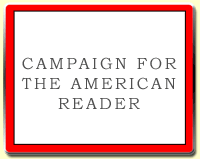Pete Hamill, the former editor of the
New York Post and
Daily News, is the author of, most recently, the novel
North River.
For the
Wall Street Journal, he named a five best list of books about cities. Number One on his list:
Gotham
by Edwin G. Burrows and Mike Wallace
Oxford, 1999
Every great city is a palimpsest, an old text upon which new texts are inscribed before the old text is completely erased. My native New York is one of those cities. This long volume (1,383 pages) is among the most valuable I own. The authors adhere to scholarly exactitude but never lose sight of the driving narrative that led eventually to the city in which New Yorkers now live. The authors tell us what is knowable about the Native Americans who were here before Europeans arrived. They remind us that we had the good fortune to be established by a company (the Dutch West India Co.) and not a king or a religious sect. After New Amsterdam was taken at gunpoint by the British in 1664, the Dutch left us a number of gifts, the most important of which was tolerance. Across the centuries, in spite of slavery, riots, bigotry and the genteel brutalities of class, tolerance prevailed. In our daily lives, for those who have lived in New York for generations or who arrived last week, one fact is triumphantly clear: We live peacefully in a grand, imperfect city of people who are not like us. This book helps explain why.
Read about
the other four books on Hamill's list.
--Marshal Zeringue
 Iain Finlayson, who reviews non-fiction for the London Times, named a critic's chart of the best of Alan Bennett.
Iain Finlayson, who reviews non-fiction for the London Times, named a critic's chart of the best of Alan Bennett.


















